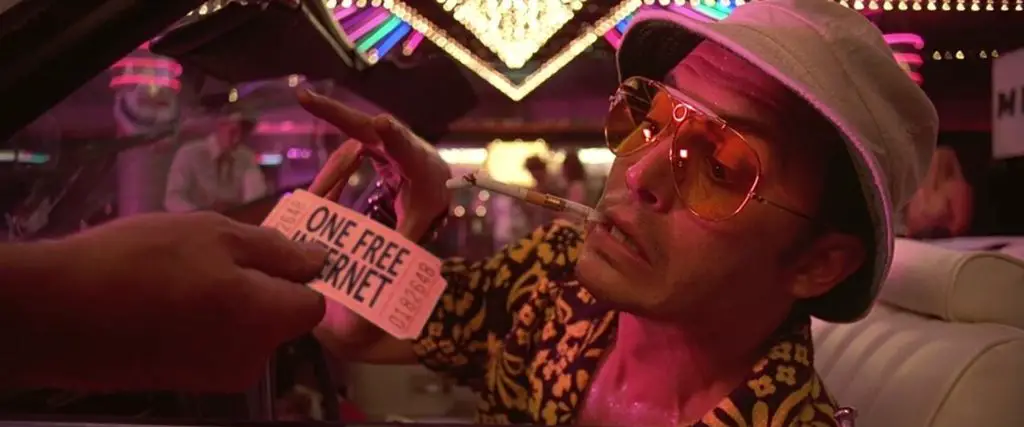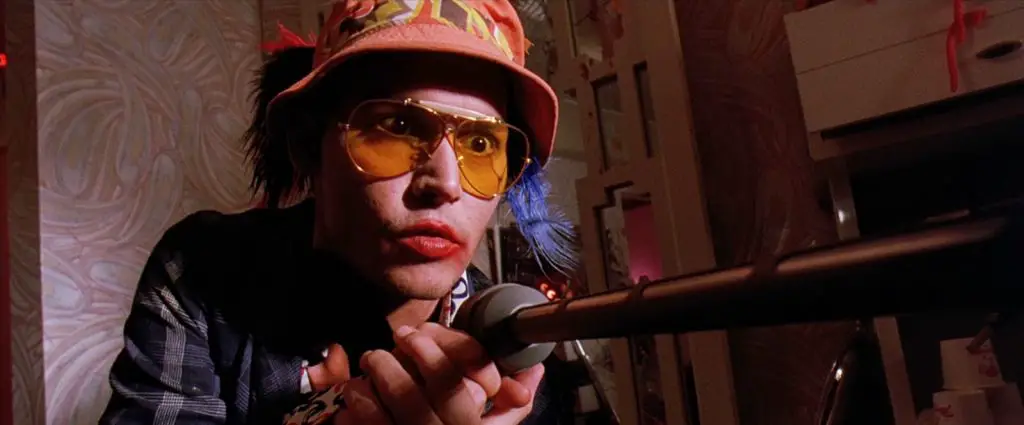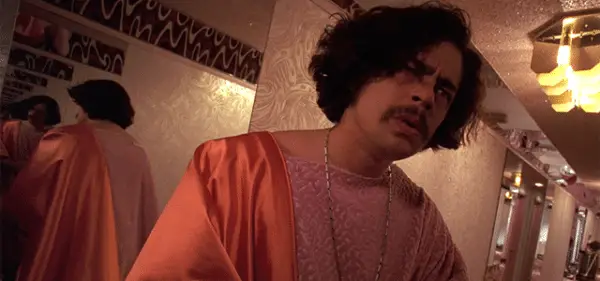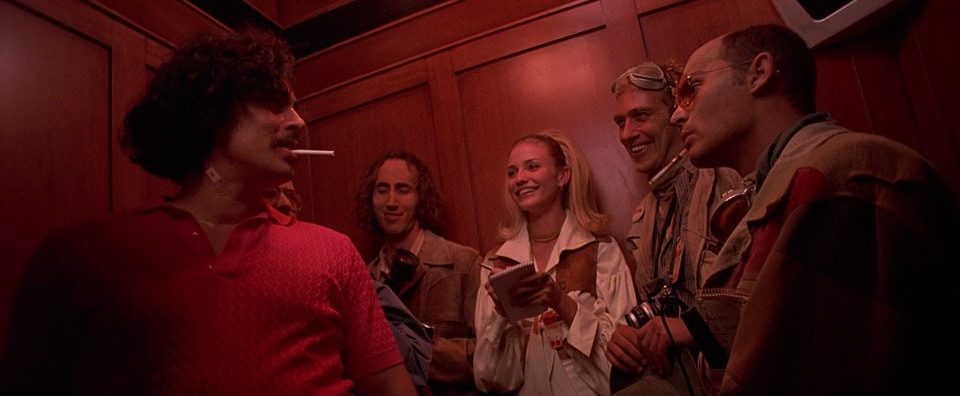Full Circle Flashback: ‘Fear and Loathing in Las Vegas’ Review
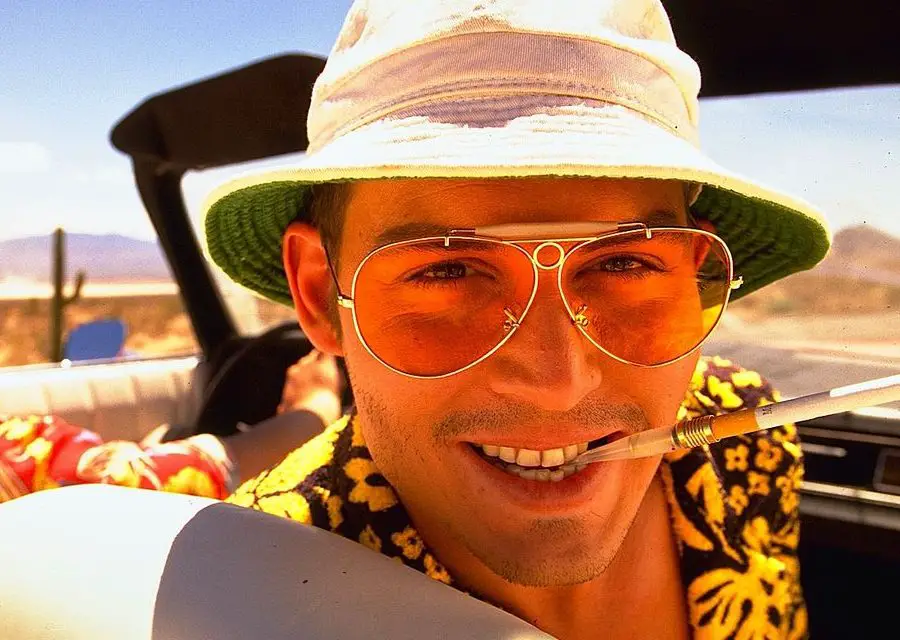
Faithful film adaptations are difficult to come by. It’s no secret that translating a book to the big screen often results in disaster; the two mediums, despite all of their surface-level similarities, are drastically different due to movies adhering to the “show don’t tell” rule while books only have the ability to describe their stories. However, Terry Gilliam’s Fear and Loathing in Las Vegas stands as an oddity among other adaptations in that it perfectly captures the essence of the novel that it’s based on.
The core of the story, what little of it there is, centers on renowned journalist Raoul Duke and his attorney, the aptly named Doctor Gonzo, as they travel to Las Vegas to report on the Mint 400 motorcycle race. Out of their depths, as well as stoned out of their minds, the film chronicles their various misadventures as they struggle to evade any repercussions for their reckless actions.
Terry Gilliam is known for being a very visual filmmaker, so it’s no surprise that Fear and Loathing looks incredible. Considering that Thompson’s prose was often centered on drug-fueled inner monologues, Gilliam translates Duke’s wordy rants to film by focusing on the details of Thompson’s descriptions and working them into the lighting, set, and costume design. The film exudes kinetic, frenetic energy that is utterly infectious, with Gilliam’s trademark camera tricks being a perfect fit for the subject material.
The depth of field is altered just as often as Duke’s mind, and the off-kilter camera angles showcase Duke’s disturbing, distorted, and colorful reality in a fabulous way. The only mishap on the technical side is the glaringly poor audio mixing, where Raoul Duke sounds like he’s being waterboarded every time he speaks. Watching this film with subtitles is recommended, as even the most quotable, memorable lines are washed out by background noise.
The success of the film’s story rides on the chemistry between the two leads, considering that their interactions make up the bulk of the movie’s runtime. Johnny Depp and Benicio del Toro, who play Raoul Duke and Doctor Gonzo respectively, absolutely nail their performances. The duo brings a larger-than-life, slapstick bravado to these two nutcases and manages to spin comedic gold out of their characters’ vile actions. Depp is so on-point as Duke that he’s been rehashing this character’s mannerisms for nearly two decades, with unhinged outbursts and exaggerated movements that allow Depp to expertly traipse the line between a cartoonish caricature and a believable psychopath.
Benicio del Toro is sleazier than he’s ever been, wearing a beer gut and porn-stache with pride as he spills his guts and waves his gun around. His unpredictability gives him a massive presence in the film and the fallout from his actions often raises the dramatic stakes. Both of these men are reprehensible in every way, but watching them never feels like an exercise in tedium. They don’t grow or change at the end of their journey, but that would undermine the thematic weight of what the film is going for in the first place. For what they need to be, they’re perfectly portrayed.
At the time of its release, Fear and Loathing in Las Vegas came under fire from critics for lacking coherence. For the length of the film’s runtime, a fairly hefty two hours, Duke and Gonzo simply get high, get into trouble, and question their sanity. Although it may not seem like much on paper, the presentation of these events is what elevates the material. Gilliam has always been a natural at creating surreal imagery and many of the scenes in this film can stand toe-to-toe with his best work.
Additionally, one of the most prominent themes in the film gives weight to the loose structure. Duke states multiple times throughout his misadventures that he’s hoping to fulfill his own “American Dream,” which is prominently born out of a desire to do whatever he wants. Duke doesn’t throw an empty bottle away; he smashes it because it makes him feel good. Duke doesn’t want to get arrested, but he licks tabs of acid like a lollipop because it makes him feel better. Duke sees the problems in front of him but has already convinced himself that “gonzo journalism,” the nickname for his binging while reporting routine, is the best way of getting his job done.
His pursuit of happiness has led him to pursue a hedonistic lifestyle and the film does a wonderful job of showing how far down the rabbit hole he’s willing to go. The lack of growth that he experiences by the end of the film highlights how his pursuit will never end. A good portion of the film’s jokes are political in nature, leading to the assumption that the world that Duke lives in is just as responsible for his selfishness as himself. It’s a fascinating way of looking at this character, and given the emphasis that Gilliam puts on Nixon’s drug war in America, an intentional act on the part of the director.
Given the lukewarm reception of this film upon release, seeing it rise to the status of a “cult classic” is comforting. Although the book may have initially been branded as unadaptable, Terry Gilliam did a remarkable job in bringing Hunter S. Thompson’s escapades to life. It may not be everyone’s cup of tea, as the lack of a central conflict in the story and meandering structure can, understandably, lead to some viewers getting bored, but the mastery of filmmaking on display is undeniable.
Not only does Fear and Loathing do its source material justice by translating Thompson’s detailed descriptions into lovingly crafted scenes, but it also forges its own path as a unique experience that can stand on its own merits. Even without the book, the film has an abundance of insane visuals that couldn’t exist without Gilliam’s unbridled creativity. It’s a one-of-a-kind, irreplaceable film and stands as a shining example of an adaptation done well.
Rating: 9/10
Fear and Loathing in Las Vegas is now available on Blu-ray and Digital HD.
The film stars Johnny Depp, Benicio Del Toro, Tobey Maguire, Michael Lee Gogin, Larry Cedar, Brian Le Baron, Katherine Helmond, and Michael Warwick.

